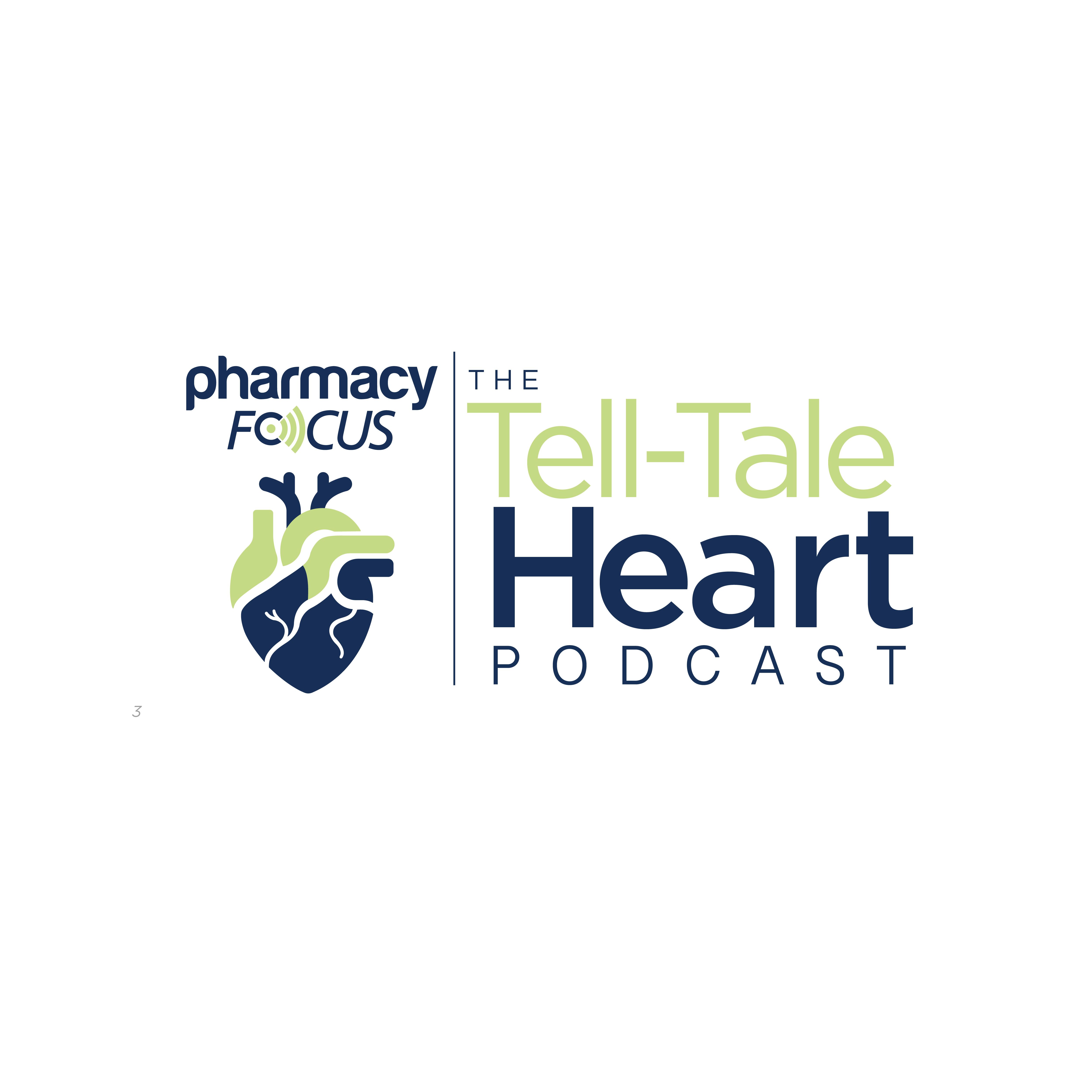News
Video
Personalized Prevention: Identifying At-Risk Patients With Image-Based Screening
Anna Sophie Mueller, MD discusses how imaging could advance risk identification in cardiovascular care.
At the ACC 2025 Scientific Sessions, Anna Sophie Mueller, MD, medical resident at the Mount Sinai Morningside Cardiovascular Institute, spoke with Pharmacy Times® about the potential significant impact of image-based screening for risk identification and prevention of cardiovascular events in patients. She cited the limitations of existing cardiovascular disease (CVD) screening methods, which rely on symptoms and risk scores, often failing to identify individual patient risk accurately. Use of image-based screening, Mueller suggests, could improve the personalization of treatment, allowing health care providers to more precisely treat their patients.
Pharmacy Times: Your research suggests that imaging-based screening can improve risk stratification beyond traditional atherosclerotic cardiovascular disease (ASCVD) risk scores. What motivated this study, and what gaps in current risk assessment methods were you aiming to address?
Anna Sophie Mueller, MD: Right now, the way we screen for [CVD] is through two different things. One is through symptoms, and the other is through risk scores. And what we have found is that while this is a great screening tool on a population level, many studies have shown that it fails to recognize patients’ actual risk on an individual level. Meaning that a lot of patients are being treated who do not have disease, and a lot of patients are being missed who do have disease.
There are some retrospective studies that show that over 50% of patients who present with a cardiovascular event would have been considered low risk, and over two-thirds of patients who present with an MI or sudden cardiac death did not have any symptoms to begin with. So clearly, there is a big disconnect. And that's kind of where this study started—we thought, how can we change this? What are the parts that we're currently missing? The overall question for us was, it seems like we're treating patients based on their risk, but not actually based on the presence of disease. That’s kind of how it started.
Pharmacy Times: In your study, 41.8% of low-risk and 69.2% of borderline-risk individuals had subclinical atherosclerosis. How should these findings influence current guidelines on who should receive imaging-based screening?
Mueller: So currently, that was, for us, the most interesting finding, because guidelines recommend imaging screening in asymptomatic patients for intermediate-risk patients and certain borderline-risk patients. However, they're not recommended for low-risk patients at all. But we feel that given these results, that probably is an area that could be changed. Because adding imaging to the intermediate-risk category, where the chances of having atherosclerosis were over 80%, really wouldn’t change management a lot, especially because you’re already recommended for therapy to begin with. But those in the low- and borderline-risk group—that's really where you have the highest chance of making a change in treatment. If you think about 40% to 70% of patients, they would be recommended for treatment.
So, it’s kind of going away from the current recommendations that are really looking more at those considered to be high risk and shifting toward lower-risk patients, in hopes of preventing cardiovascular events long term.
Pharmacy Times: Given that a significant percentage of patients recommended for statin therapy had no detectable AS, do you think imaging could help prevent overtreatment in certain groups?
Mueller: I think that's kind of the summary of the first part of our study. If you're just estimating someone's risk, you run into the problem that a lot of patients will be treated who do not have any disease at all. And that can be a burden—it can lead to more costs, it can lead to side effects, and it’s just really unnecessary.
I think overall, what our study shows is that with imaging, we can move more toward a personalized treatment regimen, which is where medicine is going in general—toward more personalized medicine rather than just a population-based approach where everyone is treated based on broad risk estimates. I think that could really help change how we treat , especially since it has been the leading cause of mortality in the world for decades, and we really haven’t improved a lot. I think doing an imaging study could really help clarify who would benefit from treatment and who would not.
Pharmacy Times: Imaging-based screening has the potential to improve cardiovascular risk assessment, but access to advanced imaging varies widely. What are the biggest barriers to broader adoption of this approach?
Mueller: Again, I feel that imaging can help us precisely identify the right patients who would benefit from treatment. And going back to the first question, where all of this is coming from—I’m a resident, but my PI, Dr. Ahmadi [Amir Ahmadi, MD, echocardiography, Mount Sinai Morningside Cardiovascular Institute] has been working on this for many years. And I’ve also been working for a few years now. Something you just commonly see in the hospital is a patient coming in—they're 45 years old, having a heart attack—and they’re saying, "How did this happen? I’m so young. How could this have been prevented?"
And everything we do right now is just reassuring those patients who, statistically speaking, are considered lower risk. But they still are at risk. And if we look at past studies, where 50% of patients who present with a cardiovascular event would have been considered low risk, that’s a lot of patients that we're missing. I think with imaging we would be able to identify them and give them the preventive treatment they deserve and hopefully prevent cardiovascular events from happening.





